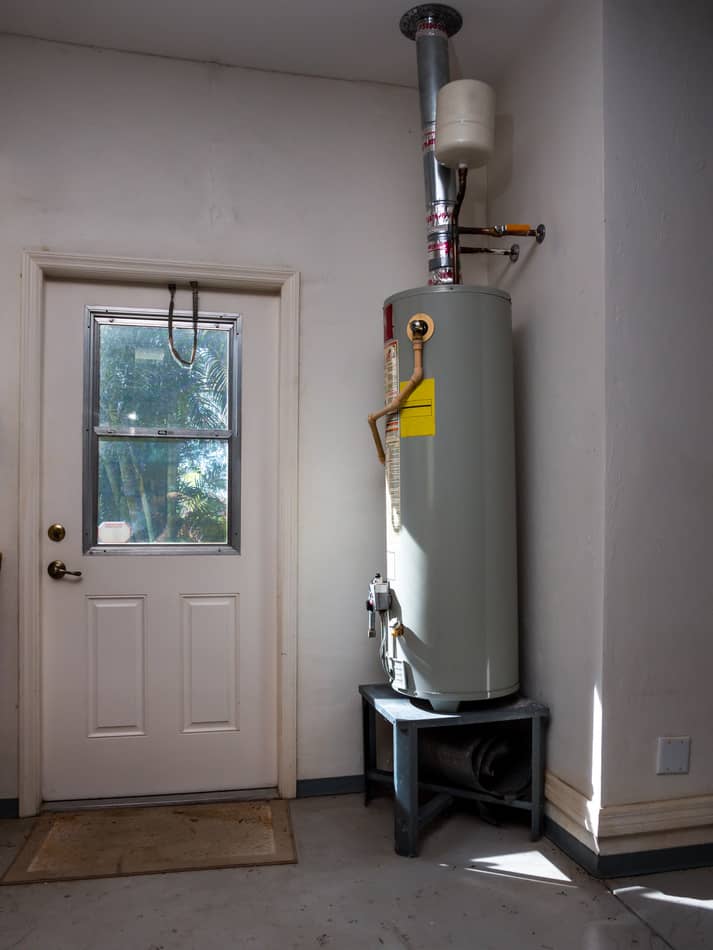This great article down below pertaining to How to Maintain a Hot Water Heater in a Few Simple Steps is amazingly entertaining. Don't overlook it.

Warm water is crucial for everyday convenience, whether it's for a revitalizing shower or washing dishes. To guarantee your warm water system runs efficiently and lasts much longer, regular upkeep is key. This write-up offers functional tips and understandings on how to keep your home's hot water system to stay clear of disruptions and costly fixings.
Introduction
Keeping your home's hot water system could seem complicated, but with a few basic steps, you can ensure it runs smoothly for many years to come. This overview covers everything from recognizing your hot water system to do it yourself maintenance pointers and knowing when to call specialist help.
Value of Maintaining Your Warm Water System
Regular maintenance not just extends the life-span of your hot water system however additionally guarantees it operates effectively. Disregarding upkeep can bring about decreased efficiency, higher power costs, and even premature failing of the system.
Indicators Your Hot Water System Needs Upkeep
Understanding when your warm water system needs attention can avoid significant problems. Keep an eye out for indicators such as inconsistent water temperature, weird noises from the heater, or rusty water.
Comprehending Your Hot Water System
Before diving into maintenance jobs, it's helpful to understand the fundamental elements of your hot water system. Normally, this consists of the hot water heater itself, pipelines, anode poles, and temperature level controls.
Month-to-month Upkeep Tasks
Normal month-to-month checks can aid capture small concerns prior to they rise.
Purging the Hot Water Heater
Flushing your water heater eliminates sediment buildup, improving efficiency and prolonging its life.
Checking and Changing Anode Rods
Anode poles protect against deterioration inside the container. Checking and changing them when worn is essential.
Examining and Changing Temperature Setups
Readjusting the temperature level settings ensures optimal efficiency and safety and security.
Do It Yourself Tips for Maintenance
You can carry out several upkeep tasks yourself to maintain your warm water system in leading condition.
Looking for Leakages
On a regular basis examine pipes and links for leakages, as these can result in water damage and greater expenses.
Testing Stress Relief Valves
Evaluating the pressure safety valve ensures it operates properly and avoids too much pressure buildup.
Shielding Pipelines
Insulating warm water pipes lowers warm loss and can save power.
When to Call an Expert
While DIY upkeep is advantageous, some concerns need professional experience.
Facility Issues Calling For Expert Aid
Examples consist of major leaks, electrical issues, or if your hot water heater is regularly underperforming.
Regular Expert Upkeep Advantages
Professional upkeep can include extensive assessments, tune-ups, and ensuring conformity with safety requirements.
Final thought
Normal maintenance of your home's hot water system is crucial for efficiency, longevity, and price savings. By adhering to these pointers and knowing when to look for specialist assistance, you can make certain a reliable supply of hot water without unanticipated interruptions.
How to Maintain an Instant Hot Water Heater
Before tinkering with your hot water heater, make sure that it’s not powered on. You also have to turn off the main circuit breaker and shut off the main gas line to prevent accidents. Also turn off the water valves connected to your unit to prevent water from flowing into and out of the appliance. 2. When you’re done, you have to detach the purge valves’ caps. These look like the letter “T” and are situated on either side of the water valves. Doing so will release any pressure that has accumulated inside the valves while at the same time avoid hot water from shooting out and burning your skin. 3. When the purge valves’ caps are removed, you have to connect your hosing lines to the valves. Your unit should have come with three hoses but if it didn’t, you can purchase these things from any hardware or home repair shops. You can also get them from retail stores that sell water heating systems. Read the user’s manual and follow it to complete this task properly. When the hosing lines are connected, open the purge port’s valves. 4. You should never use harsh chemical cleaners or solutions when cleaning your unit. Make use of white vinegar instead. It should be undiluted and you’ll probably use about 2 gallons. 5. Now flush your water heater. This task should probably take about 40 minutes. We can’t give you specific directions for this because the procedure is carried out depending on the type, model and brand of your heater. With that being said, refer to the user’s manual. 6. When you’re done draining the unit, you have to turn off the purge port valves again. Remove the hosing lines that you earlier installed on each of the water valves. Put the valve caps (purge port) back in their respective places and be very careful so as not to damage the rubber discs that are found inside these caps. 7. Now that everything’s back in place, check your user’s manual again to find out how to reactivate your water heating system. 8. Once it is working, turn one of your hot water faucets on just to let air pass through the heater’s water supply pipes. Leave the tap on until water flows smoothly out of it. https://www.orrplumbing.com/blog/2014/september/how-to-maintain-an-instant-hot-water-heater/

As a keen person who reads about Water Heater Maintenance Tips You Can't Afford to Forget, I figured sharing that excerpt was valuable. Kindly set aside a second to distribute this blog if you liked it. Thank you for being here. Revisit us soon.
Estimating